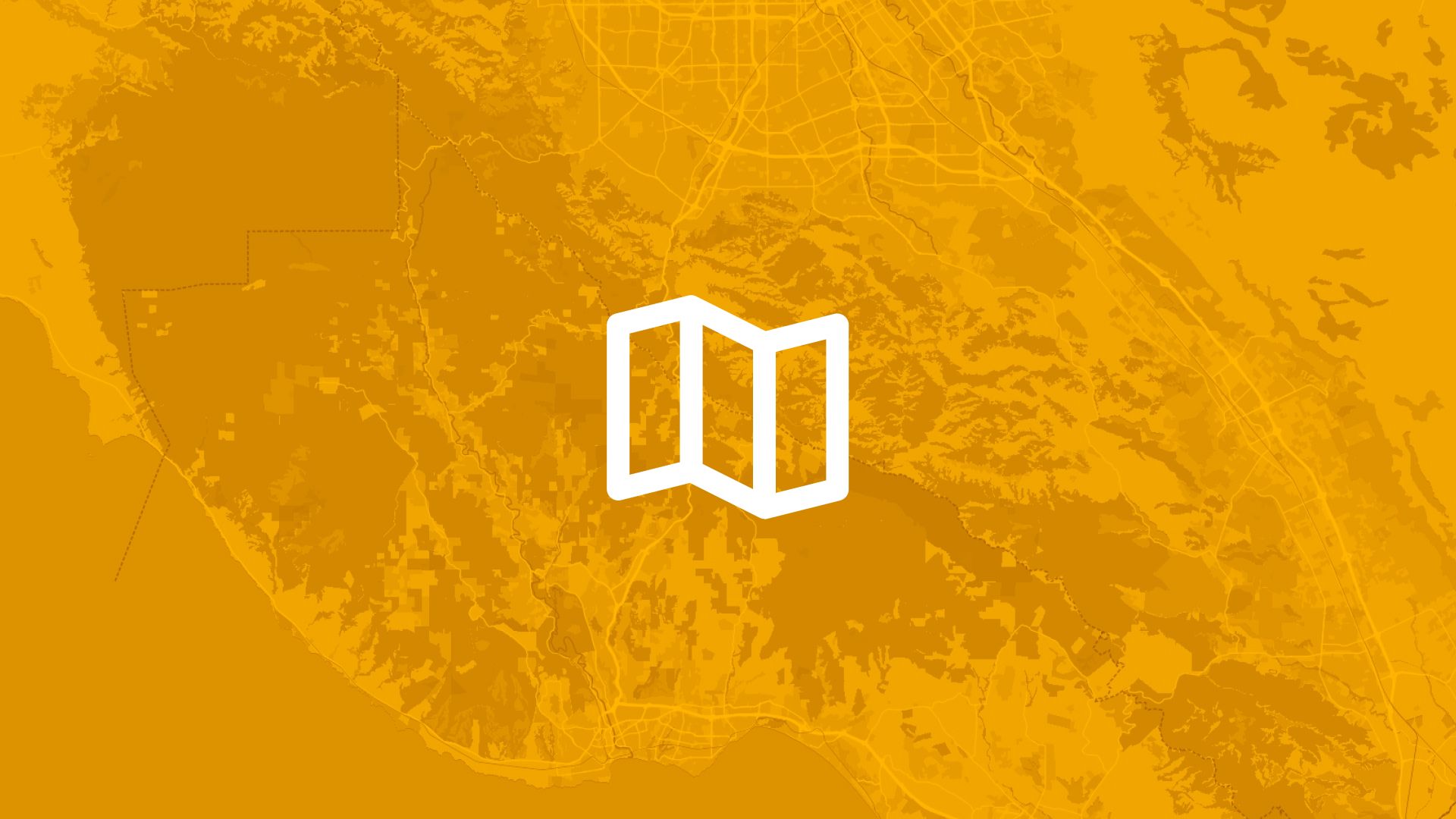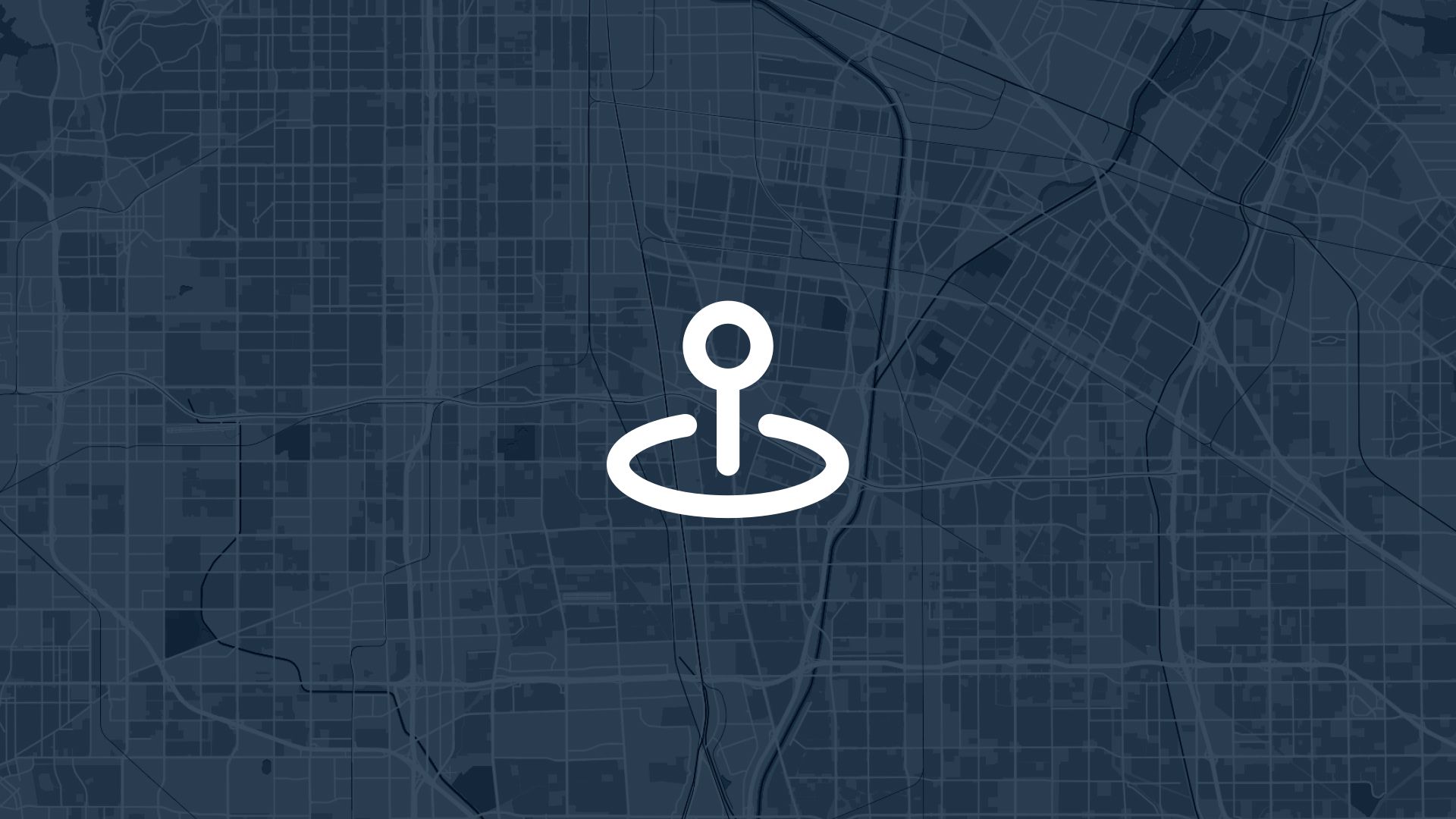GIS (Geographic Information Systems) has become an essential tool for modern businesses. From logistics to marketing, companies rely on GIS to make informed, data-driven decisions.
In recent years, browser-based GIS software has gained significant traction. Unlike traditional desktop software, browser-based GIS tools run entirely online, offering convenience, flexibility, and accessibility.
Here’s why modern businesses are making the switch to browser-based GIS software.
1. No Installation or Maintenance
One of the most significant advantages of browser-based GIS software is that it eliminates the need for installations or updates.
With traditional desktop GIS, setting up the software can be time-consuming, and regular updates require IT support. Browser-based tools, on the other hand, run entirely in a web browser, ensuring you always have the latest version.
Why It Matters:
- Saves time and IT resources.
- Reduces onboarding time for new users.
- Ensures everyone works with the latest features and security patches.
Example: Atlas.co, a browser-based GIS platform, provides instant access to mapping tools without downloads or complicated installations.
2. Easy Collaboration
Collaboration is vital for businesses, and browser-based GIS software makes it easier than ever.
Team members can work on the same projects in real time, regardless of their location. Sharing maps, editing data, and providing feedback is seamless, all thanks to cloud-based storage and access.
Why It Matters:
- Simplifies teamwork across departments and locations.
- Allows for real-time collaboration on live maps.
- Enables external sharing with clients or stakeholders.
Example: Tools like Google My Maps and Atlas.co allow teams to collaborate on mapping projects directly in their browsers.
3. Cost-Effectiveness
Switching to browser-based GIS software can significantly reduce costs.
Desktop GIS often requires expensive hardware, licenses, and dedicated IT staff for maintenance. In contrast, browser-based GIS solutions are typically subscription-based, offering scalable pricing that fits the needs of businesses of any size.
Why It Matters:
- No need for high-performance hardware.
- Flexible pricing based on the number of users or features.
- Predictable costs with minimal upfront investment.
4. Accessibility from Anywhere
The rise of remote work has highlighted the need for tools that work across different devices and locations.
Browser-based GIS software ensures that users can access maps and data from anywhere, as long as they have an internet connection. This flexibility makes it easier for teams to stay productive, whether in the office or on the go.
Why It Matters:
- Supports remote work and field operations.
- Works on any device with a web browser, including tablets and smartphones.
- Ensures seamless access to maps and data for all users.
Example: Atlas.co is fully browser-based, meaning employees can create and view maps on their laptops, tablets, or phones without compatibility issues.
5. Scalability and Integration
Modern businesses need tools that can scale with their growth.
Browser-based GIS platforms are designed to handle increasing data loads and users without requiring additional infrastructure. They also integrate easily with other cloud-based tools, such as CRMs, ERPs, and analytics platforms, streamlining workflows.
Why It Matters:
- Adapts to growing business needs.
- Integrates with tools like Salesforce, Tableau, and Google Analytics.
- Eliminates the need for costly upgrades to accommodate more users or data.
6. User-Friendly Interfaces
Traditional GIS software often comes with a steep learning curve, making it challenging for non-technical users.
Browser-based GIS tools are designed with simplicity in mind, focusing on intuitive interfaces and drag-and-drop functionality. This approach makes GIS accessible to employees across departments, not just GIS specialists.
Why It Matters:
- Empowers non-technical users to create maps and analyze data.
- Reduces the need for extensive training.
- Encourages adoption across the organization.
Example: Datawrapper and Atlas.co are browser-based tools known for their user-friendly interfaces.
7. Faster Deployment
Launching a new GIS solution can be a lengthy process when using desktop software.
Browser-based GIS software accelerates deployment. Teams can start creating and sharing maps almost immediately after signing up, without waiting for installations or hardware configurations.
Why It Matters:
- Saves weeks of setup time.
- Minimizes downtime during implementation.
- Quickly empowers teams to use GIS for decision-making.
8. Sustainability and Energy Efficiency
Browser-based GIS platforms align with sustainability goals by reducing energy consumption.
They rely on cloud computing, which uses optimized data centers, rather than individual high-performance machines. This approach is both cost-effective and environmentally friendly.
Why It Matters:
- Reduces your organization’s carbon footprint.
- Lowers electricity costs compared to running powerful desktop machines.
- Aligns with corporate sustainability goals.
Popular Browser-Based GIS Software for Businesses
Here’s a quick overview of some browser-based GIS tools that businesses are using:
| Software | Key Features | Free/Paid |
|---|---|---|
| Atlas | Intuitive, cloud-based mapping, no installation | Free with paid plans |
| ArcGIS Online | Advanced GIS capabilities with collaboration | Paid |
| Maptive | Business-focused, spreadsheet integration | Paid |
| Google My Maps | Simple mapping for basic projects | Free |
| Datawrapper | Quick map creation for reports | Free with paid plans |
Final Thoughts
Browser-based GIS software is transforming how businesses approach mapping and spatial analysis.
With no installations, lower costs, and easier collaboration, these tools are ideal for modern, fast-paced teams. Platforms like Atlas, Maptive, and ArcGIS Online are leading the way, helping businesses work smarter and faster.
If you’re looking to streamline your mapping processes, now is the time to switch to browser-based GIS software.





